Hey Steemians,
Now a days, very frequently we go through any surgery thanks to the advances in the medical field. But many times during the surgery procedure mistakenly with the infected tissue some healthy tissue also get removed mostly in the case of periodontal surgery. Surgical blades used for such surgery can not differentiate between the healthy and the diseased tissue and hence sometime causes some unnecessary cut or lesion to the neighboring tissue which results in prolonged recovery and increased pain. Several enzymes with the proteolytic activity can be employed for the same purpose as they naturally have same function. Combination of a controlled activated proteolytic enzyme and nanotechnology can be used to overcome this issue.
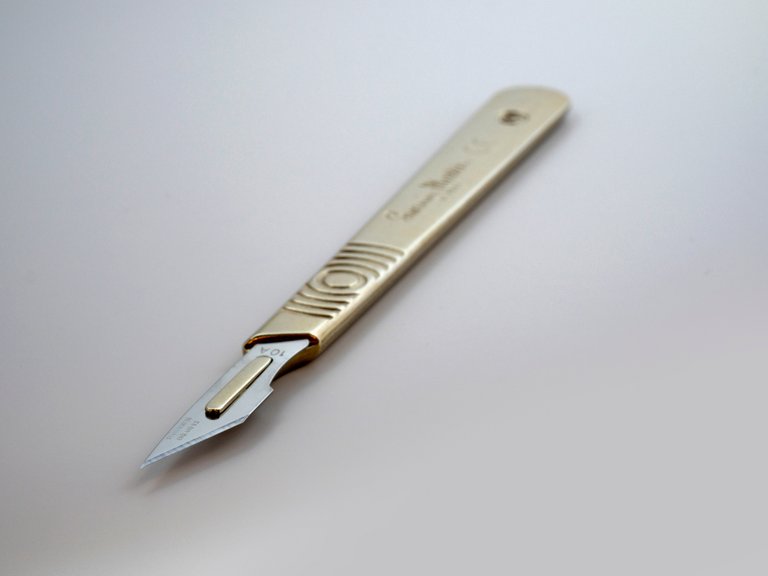
A new system to fulfill the task (Nanotechnology Advancement)
Till date several nanotechnology derived product are have been shown to work for the clinical purposes, liposomes the nanoscale vesicle having a lipid bilayer covering and an aqueous core have shown a proper drug delivery system. Due to its compact structure maintained by the bilayer, the encapsulated drug molecule have no chance of fusing before reaching to the site of action. Here I will be showing a process where a proteolytic enzyme delivered by a delivery vehicle to successfully cut the collagen fiber of the oral tissue without disturbing or affecting the neighbor tissues.Collagen functions by detaching the peptide bond between the glycine and leucine/isoleucine, in the presented study collagenase type-I has been selected for the purpose of destabilizing the collagen fiber present near the teeth. Calcium is the cofactor for the collagenase, it activates the enzyme by catalyzing the proper folding of the molecule and hence gives the binding site for the attachment with collagen fiber (3). The half-life of the activated collagenase is only few hours to have its full activity there is need for a system which can only activates the collagenase only when it reaches to the site of action. To make this happen, a 100nm lipid bilayer liposome from 1,2-dimyristoyl-sn-glycero-3-phosphocholine (DMPC) which won’t allow the Ca2+ ions to pass, was loaded with the collagenase. The lipid bilayer was susceptible to the proteolytic enzyme and also won’t allow to bypass the Ca2+ which prevents the premature activation of enzyme. Once reached to the site of action collagenase starts to diffuse from the liposome and calcium present in the oral cavity activates the enzyme which starts loosening up the collagen fiber. Loosening of the collagen fiber was concentration dependent, increasing concentration can start the process and decreasing the concentration can revert the process (4).
Fibroblast initiates the regeneration
Sensing the fiber tension and loosening the fibroblast starts the regeneration process and plays an important role in the collagen remodeling. The whole study can be seen in a time-lapse confocal microscopy, where the stretched out fiber with the fibroblast which attains ellipsoidal, elongated structure. On treatment with the collagenase the elongated structure of fibroblast attains a round shape and didn’t lose the fiber. Throughout the procedure the fibroblast was attached and the fiber viability was continued. To see the regeneration process type-1 collagen from rat tail was taken and given the enzymatic treatment. To visualize the regeneration mechanical strength was measured in both the cases before and after treatment (5).
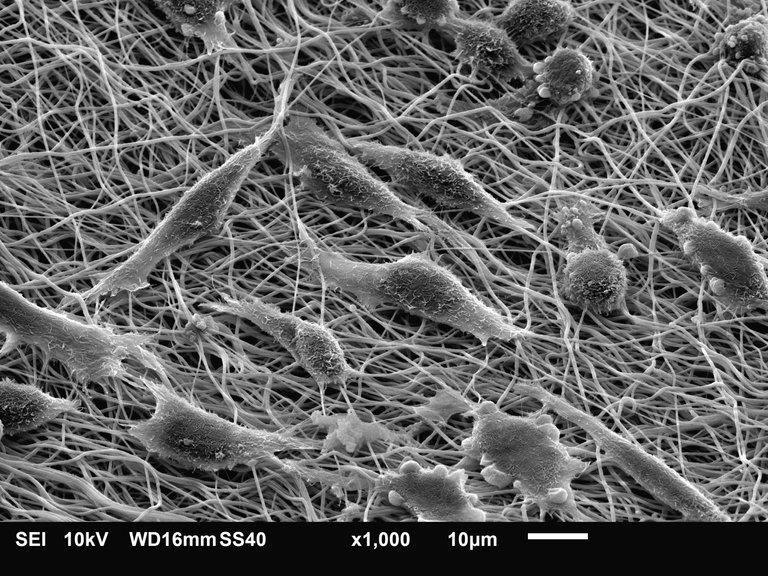
Almost about 50% of the strength was retained by after the enzymatic treatment and keeping it for 16 hours has regained the initial strength of fiber. Scanning Electron Microscopy can be utilized to see the whole process. The collagen fibers are very compactly packed when not treated with the enzyme and upon treatment the fiber structure get loosen up. After several hours of treatment the collagen fibers regained their structure clearly showing the regeneration process. The collagen regeneration or regaining the strength is one of the most advantageous finding which anyone would want (6). While at the time of operating or removing the teeth from its root, these enzymatic nanoparticles helps in loosening the tissue and the tooth can easily be taken out.
Expressed genes shows the repairing proof
Gene expression profiling measures the expression of all the genes present in a cell at once. These profile generally made to distinguish between the actively dividing and slow dividing cell, by measuring the gene expression by the cell. It basically measures the expression of all the genes encoded in the genome. RNA was extracted from the surrounding tissue which were treated with the collagenase, the RNA profile of genes isolated from the site show increased amount of expression of the tissue generation protein. Several up-regulated proteins suggests the expression of the regenerative genes. Col 1a1, IL1B and TNC are some of the genes which conclude the regenerative process, Col 1a1 deals with the synthesis of collagen fiber, IL1B functions in the osteoclast activation and TNC deals with the remodeling of extracellular membrane.
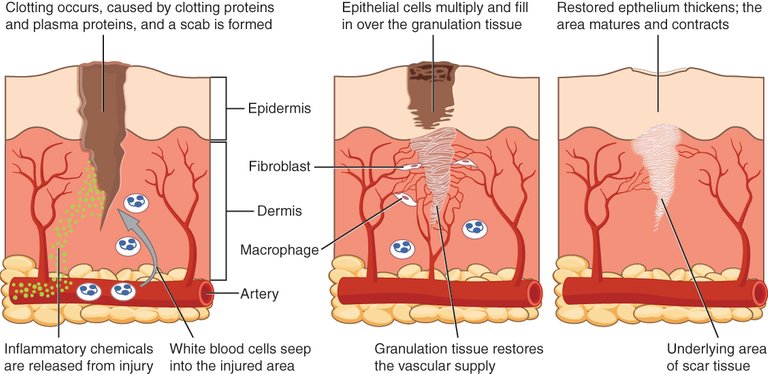
Advantage over the Scalpel surgery
In a process to determine the effectiveness of the proposed nanoparticle having enzymatic activity, a rat was treated with both the methods, with nanoparticle and via traditionally. To check the alignment study of the rat tooth the gingival sulcus was opened up by scalpel and then was aligned in case of traditional method. Wherein in a different case the collagenase loaded nanoparticle were inserted into the same site and then was aligned. After the treatment 15 days later, both groups were evaluated to see the alignment. The group in which collagenase was used shows better alignment almost in the value of 3 folds (7). After 15 days the spring was removed which hold the teeth fold alignment, showing the proper alignment of rat teeth subjected with the nanoparticle. The liposome containing the nanoparticle proves to be effective and holds the enzyme safely and do not let them degrade in the in-vivo system. The delivery system not only helps it in its non-degradation but also in the safe release and proper activation of enzyme (8,9).Enzymatic Debridement Agents
Debridement of the wound or infected tissue is a part of wound healing which generally involves the proteolytic enzymes from the natural source. Collagenase not only selectively used to chop the collagen fibers but can also used to remove the necrotic or damaged tissue for the wound. Applying these enzymes to the wound surface breaks down the damaged tissue from surface and to achieve this or to attain the maximum activity of the enzyme to the site a good delivery system and a stable and extended activity of enzyme is needed. In a review by Bolton and Fattu showed the use of enzymatic agents in close association with moist wound healing and acting as an adjunct to the whole process of debridement (10). There are some of them which are commercialized for the use;
Collagenase-based products: As I already discussed about the nature and properties of collagenase, they are water soluble proteinase which shows the debridement of the burnt or necrotic tissues. Collagenase works by destabilizing the structure of collagen fiber by disrupting the peptide bond and digests the collagen moleules. These collagenase are derived from the bacterial species Clostridium histolyticum which are known to produce these peptidase. As in the case of loosening of the tissues surrounding the teeth, collagenase has shown to remove the damaging tissue both in the in vivo and in vitro case without disturbing the neighbouring tissues. It is hypothesized that these enzymatic agents can be used to remove the tissues which can helps the bacterial proliferation and leads to infection in the wounded tissue. These enzymatic agents can be used as ointment with a proper delivery system to the wound site. Most of the time working with a nanoparticle based delivery vehicle, whole system is pH dependent (stimuli responsive), which not only preserves the activity of the enzyme but also triggers the on time activity.Papain-based products: A non-specific protease enzyme derived from papaya (Carica papaya), which breaks down all the fibrous proteins at the site of cysteine (sulfydryl group). But papain can not alone digest the collagen molecule so to make it active urea has been introduced which works as activator for the papain towards disrupting the secondary structure and destabilizing the hydrogen bonding between the protein molecule. When tested in humans, the combination of papain and urea show twice efficacy as compared to papain alone. It has been observed by a group of scientists that use of urea and papain affects the activity of the growth factors derived from human platelets, as many of the growth factors contains cysteine in their residue which got altered by this combination. Thus, the use of papain and urea is been in danger as it can not be used to the viable tissue and in any cases they also showed to produce redness or itching (inflammatory response). Salts of heavy metal can be used to inactivate the papain molecule.
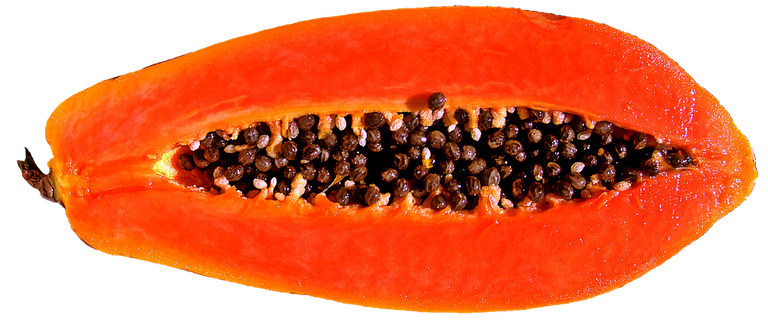
Use of cholorophyllin with the papin-urea combination can reduce the pain as the cholorophyllin prevents the agglutination of the erythrocytes and stops inflammation response. Sodium copper cholorophyllin is known for its marvelous wound healing property, and in combination with the papain and urea the whole complex helps maintain the wound base clear, reduces the inflammation and promote healing (11).
Conclusion
All these enzymatic agents (protease family) have lots of biological functions and when combined with the nanotechnology proposes become more applicable for the human use. Here I have presented some of the examples of these protease enzymes. As collagenase is known to act specifically on collagen and loosen the collagen fiber. Utilizing the property of its structure destabilizing property into the liposome based nanoparticle gives us the advancement to deliver the enzyme to the site of tooth base where it can act and functions in the loosening of the tissue which helps in the removal of teeth and also to remove the dead or necrotic tissue. By this, these protease can replace the use of scalpel for such surgery and helps in unwanted cutting of the healthy tissues. Like-wise there are several other enzymes which can act to remove the necrotic or dying tissue from the wound surface. All these nanotechnology advancement are leading us to a better future.
References
Nagase, H. et al., Matrix Metalloproteinases. J. Biol.Chem. 1999, 274, 21491−21494.
Johnston, C. D. et. al., Retention in Orthodontics. Br. Dent. J. 2015, 218, 119−122.
Hope you enjoyed reading it, Please upvote and follow my page for further reads on such topics. Feel free to comment.

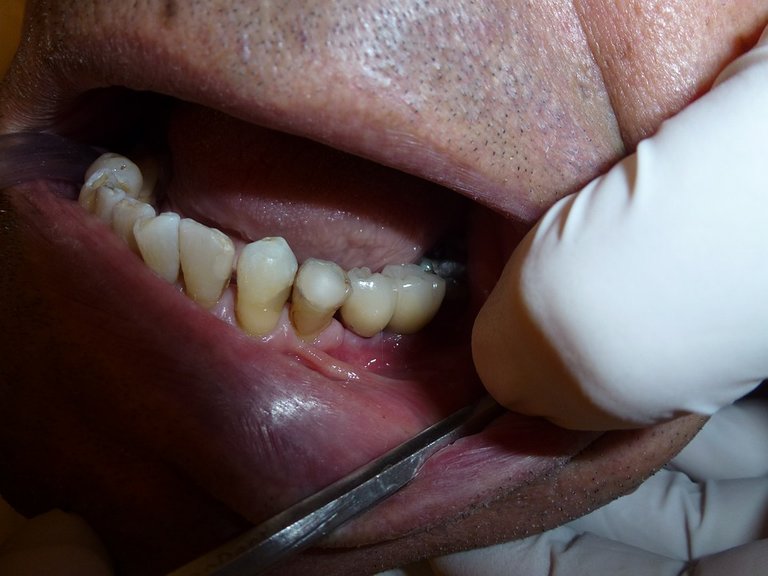
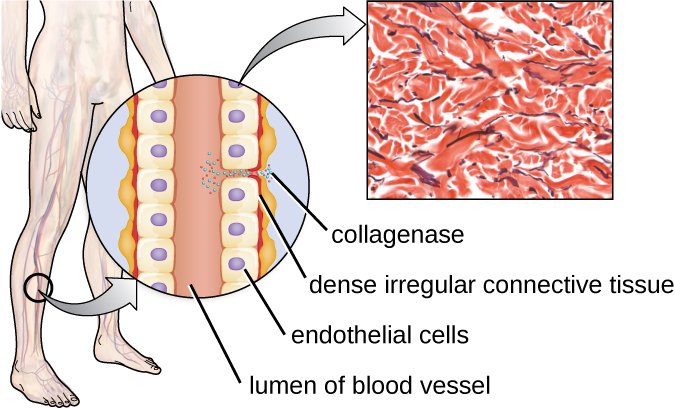
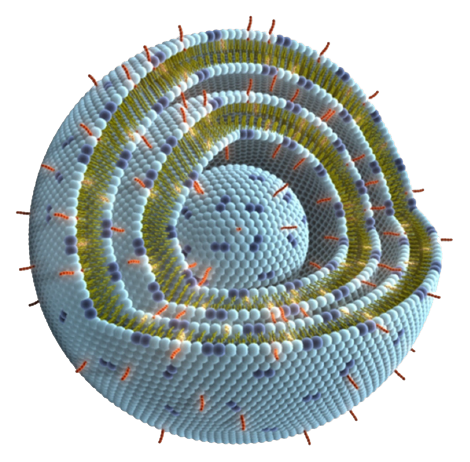

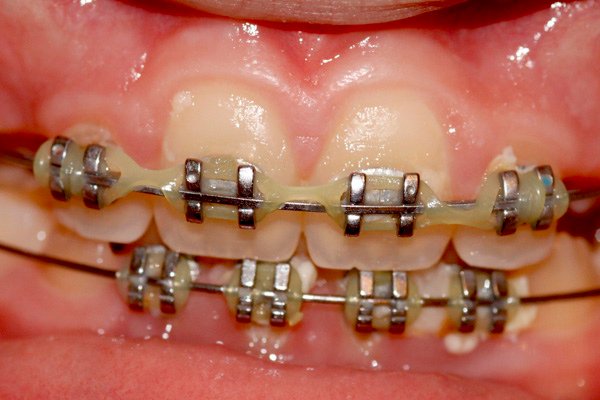
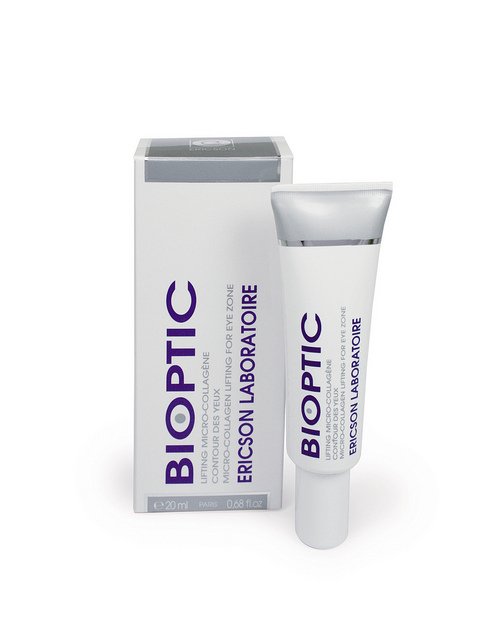
Enzymes can accomplish a heck of a lot of stuff and I've no doubt a tissue digesting protein will prove to be a valuable tool. I'd expect this to take a while to actually be used in practice. Approving something like this for medical use seems like it would be very difficult. Still very cool story though.
Use of nanotechnology like this may take a while but its the actual future and more advancements in the area would definitely come out with the products which can be used to cure such issues.
Thanks againThanks for the comment @tking77798
I think we can even reduce the scar formation like hypertrophic scars in patients who are prone. Very useful post, thanks for sharing
I can not say about the scar because its the part where tissue repairs comes. You may see something about the no scar tissue repair in future. If I will find something will surely update.
CheersThanks for the comment @vinaykumarr
This would be a lot better than the use of surgical devices. The picture showing the a man’s mouth wide open as if his tooth is about to be excavated looks painful enough. This new technology would really help reduce pain and unnecessary lesions like you said. Thanks for sharing
Yeah, it will reduce all the bleeding and pain. As you must have seen in the movies, we may have these technologies in future which can just remove the dead tissues from the wounded parts and also helps in healing.
CheersThanks for the comment @florae
It looks like sci fi movies must up the ante if they're gonna keep up with the science!
If you imagine the actual application of nanotechnology, it always looks like some sci fi movie scene because we have seen it in movies only. In the near future we may witness it.
Thanks for the comment